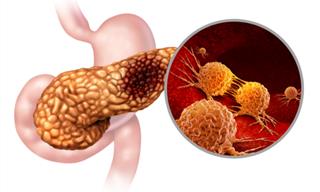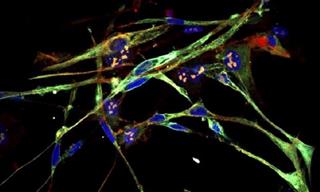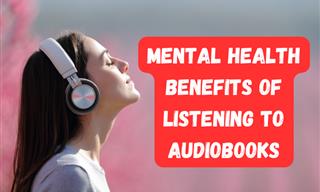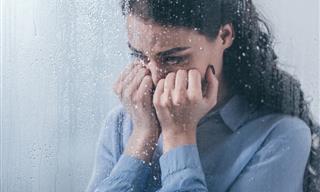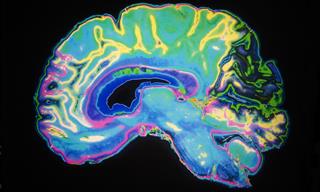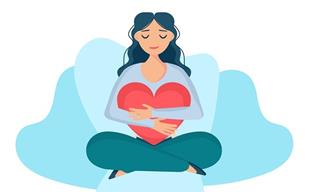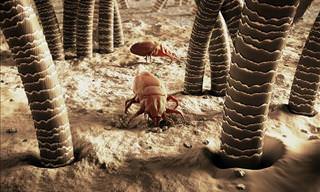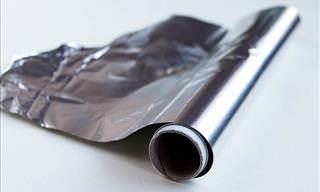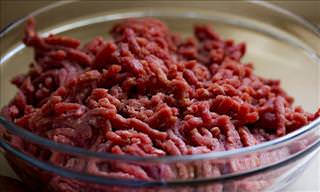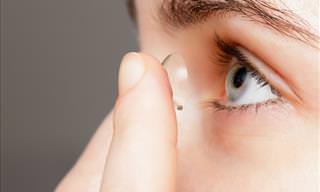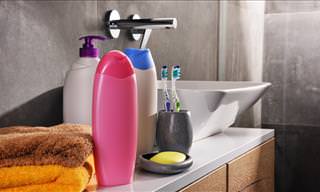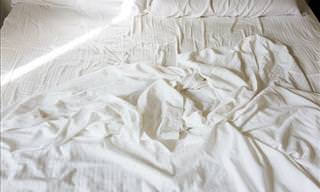There is a lot to consider when buying a new mattress. Comfort, firmness level, size, and price are all important of course, but there is one factor many people forget or aren’t even aware of, and those are toxins. Considering your mattress is the item you spend the most amount of time in close proximity to on an average day, the last thing you want is for your mattress to be toxic.
Yes, many mattresses are actually made with chemical components that could be harmful to your health. In this article, we’ll explain in detail what dangerous components can be found in a mattress and what to look out for to make sure your mattress is safe.
What is off-gassing and why is it problematic?
Have you ever bought a new mattress, and as you were unwrapping it from the plastic sheets you felt a strange odor in the air? That was probably off-gassing. Most mattresses contain polyurethane foam, a material that is made from petroleum chemicals. This foam can off-gas- or emit volatile organic compounds (VOCs), which have been linked to respiratory irritation and nervous system harm.
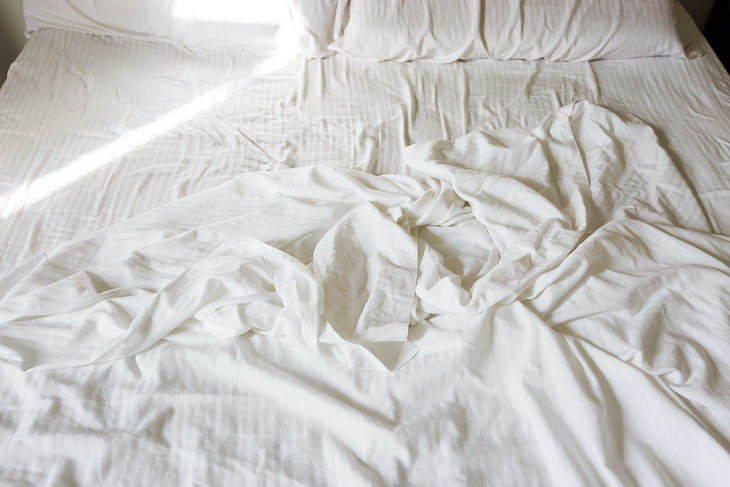
Off-gassing occurs when the VOCs are released into the open air and come in contact with oxygenated air. Most people believe that the off-gassing lasts only as long as the odor lingers in the room, but unfortunately that's not true. While the initial unpleasant smell usually disperses briefly after opening the new mattress from its packaging, the effects linger for several years, depending on the precise chemicals present in the mattress.
As we mentioned, these chemicals can cause a wide range of symptoms, including eye, nose, and throat irritation, headaches, dizziness, and even nausea and vomiting. In some cases, they can even cause severe and lasting health issues.
Related: There Are Many Reasons Why You Should Clean Your Mattress!
Chemicals to watch out for in mattresses
- Formaldehyde - A preservative that is often used as an adhesive that holds the mattress layers together. According to the EPA Formaldehyde could increase the risk for coughing and wheezing.
- Polybrominated diphenyl ethers (PBDEs) - These chemicals are commonly used as fire retardants. PBDEs have been banned for use in several states including California, New York, and Maryland as well as in the European Union. However, many older mattresses still contain these harmful ingredients, which have been associated with hyperactivity, low birth weight, and developmental delays in children, according to the Green Science Policy Institute.
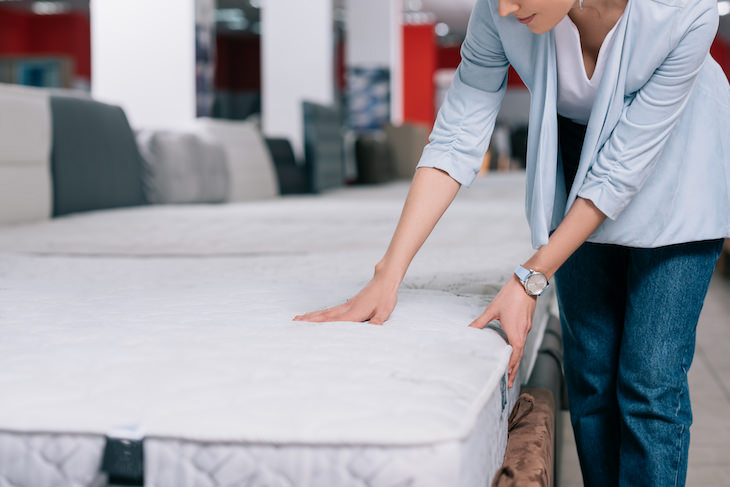
- Boric acid - Commonly used by mattress manufacturers to make the mattress resistant to bed bugs and bacteria. It’s been confirmed that long-term exposure to boric acid could have devastating effects, including neurological and developmental problems, convulsions, skin blistering, and damage to the upper respiratory tract.
- Benzene - As we pointed out, many mattresses contain petroleum chemicals, the most common being benzine, which was identified by the World Health Organization as a carcinogen.
- Diisocyanates - Used to make foam in mattresses more flexible diisocyanates have fallen under scrutiny by the EPA for causing potential harm. They have been linked to a variety of conditions, including causing asthma and irritating the eyes, lungs, and skin.
How to tell if a mattress is toxic
Many mattresses will include warnings about the presence of carcinogens or chemicals that can cause reproductive harm, but unfortunately, not all manufacturers will reveal all the important information you need to know. Even if a company claims that their mattresses are safe, green, and healthy, it’s important to dig a little deeper than the advertisement to make sure the product you’re purchasing is safe.
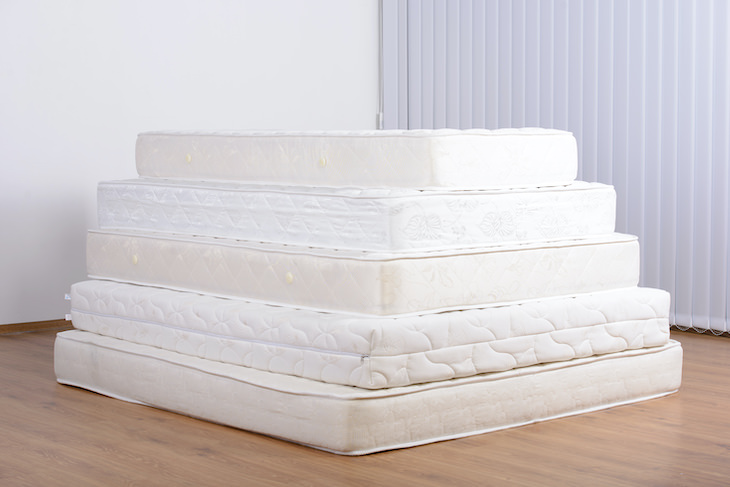
One way to find out if a mattress is 100% organic is to check if it has an Oeko-Tex certification and a GOTS (Global Organic Textile Standard) certification. Tex Standard 100 ensures that there are no harmful chemicals in your mattress, and GOTS is a certification for the outside covering, letting you know that the cotton cover is certified organic.
In general, it is always recommended to purchase from a company that is transparent about the materials they use. Choosing a non-toxic mattress will not only benefit you but also ensures that these toxic chemicals won't end up in the environment, putting people and wildlife at risk when they are discarded. Needless to say, that it will also contribute greatly to the quality of the air in your home and the well-being of your family!
Share this important information with your loved ones!
 Go to BabaMail
Go to BabaMail






